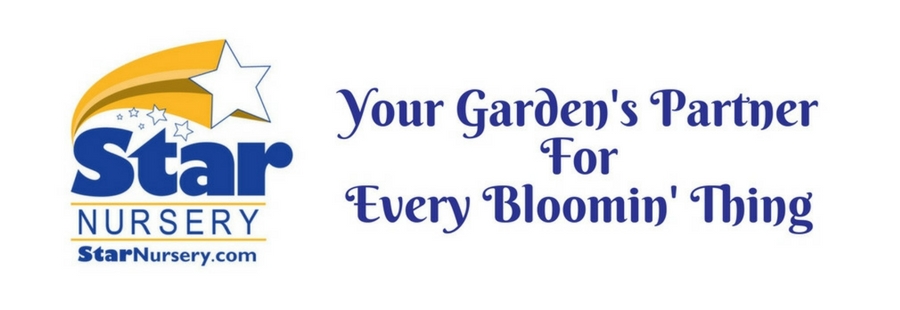Canna Water Plant
Having a desert pond may seem like an oxymoron at first thought but it can actually be a low water addition to your landscape as long as you are mindful of some key elements in your planning, prep and maintenance.
Ponds can help create a soothing place to spend your time in the garden, and being near the water actually does cool down the space when things heat up.
Parrots Feather Water Plant
The trick is to make sure that you take all precautionary measures to lose as little water as possible to the big E word.
Evaporation.
Donating water into the thin air is bad.
That's where the plants come in handy.
Not only are they a beautiful piece to the water gardening puzzle, they are a necessary one.
They help to filter the water and provide oxygen if you have fish.
Giant Pennywort and Parrots Feather
Let's start with pond placement in your yard and look at the best possible spot:
- North, Northeast, or Eastern exposure - Morning sun is less harsh and temperatures are always cooler in the am. This area will typically be the coolest sides of your house without completely sacrificing the sun. We are still talking about plants after all, and they still need sunlight to thrive.
- Near trees for shade - Placing your pond near or under a tree to provide shade in the warmer hours will also cut back on how often you need to refill the water that is lost. Keep in mind that deciduous trees can make fall and winter cleaning rather difficult in your pond, so consider an evergreen tree or maybe a pond cover.
Tropical Water Lily
Now for the fun part; the water plants!
There are so many interesting varieties of water plants that can fill your water space with lush, green, and colorful life.
Water lilies, water hyacinth, and water lettuce are excellent for covering the surface area of the pond so that the sun goes into feeding the plants rather than evaporating the water.
Umbrella Palm Water Plant
King Tut Papyrus, Umbrella Palms and Water Cat Tails are great submerge-able plants that you can either place into the soil at the bottom of the pond or sink into a pot directly on top of the pond liner.
Remember to install the proper pond pump to move and aerate the water. Even though these are considered water plants, they still need air around the roots.






















.jpg)





